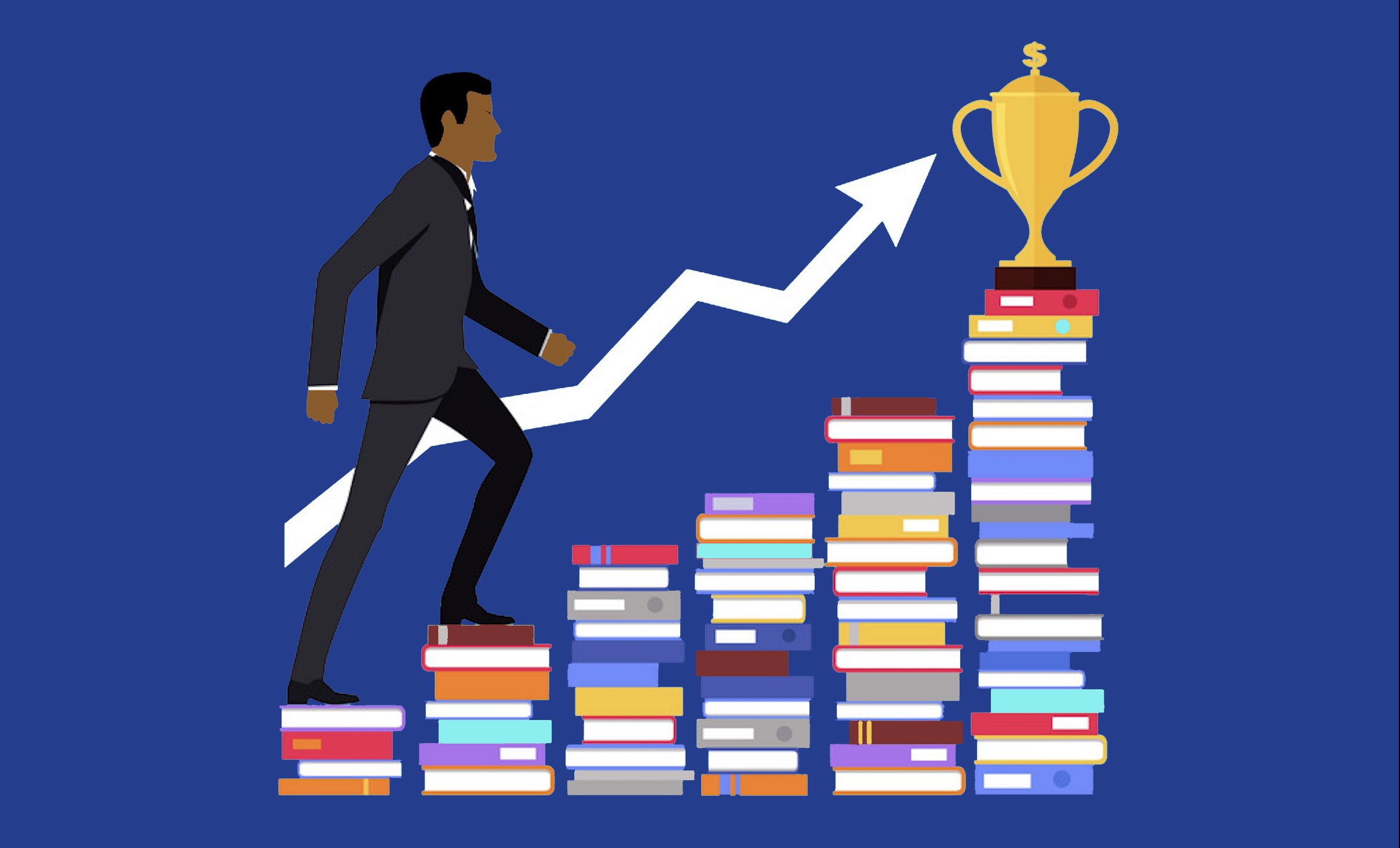As Trinity (SEED DC ’23, Drexel University ’27) gets ready to celebrate graduation and looks toward the new experiences that college life will offer, she is also reflecting on her SEED journey. In the following interview, Trinity recognizes how much she has grown as a person over the last six years and how SEED’s unique environment has helped her discover who she wants to be.
Trinity plans to attend Drexel University in Philadelphia next year to study science. She’s excited to take on the opportunities and challenges of postsecondary education and feels like the preparation she’s gained at SEED has set her up for success.
———————
Why did your family choose SEED?
We received recommendations for SEED from people in my community. My mom and I decided we really wanted me to have a college preparatory experience so that I could be ready to go to college.
What was it like for you when you first started at SEED?
When I first started at SEED in the sixth grade, it was a totally new experience. It was fun, although it did take me time to adjust. I initially was very closed off, but as time went on, I started to make friends, and I became more comfortable asking for help when I needed it from the adults at SEED.
SEED DC Seniors:
Mykal (left), Trinity (center), Danae (right)
What kind of relationships have you formed during your time at SEED?
Something that I appreciate about SEED is that it has really been like forming a family. I feel like I have parents away from home. They always ask if everything is okay. They talk to me about my goals and ask me what they can do to help me reach them. I really value having people that help me like that. The adults at SEED are people I will stay in touch with into the future. SEED is unique, because the people here have seen me grow since sixth grade and seen how I’ve changed as a person. That’s not something you get at other schools.
What are your interests?
I really like science. I became interested in biological sciences after taking an AP Biology class, and I want to pursue that in college. Right now, I’m interested in becoming a doctor, maybe a dermatologist, or in becoming a forensic science examiner.
I’ve been able to try different things at SEED and to discover new interests. I was on the dance cheer team, which was a fun experience, and I tried volleyball. I also tutored younger students. I like knowing I am helping them grow and to see when they begin to understand something we’ve worked on.
What college have you decided to attend in the fall and how did you make that choice?
Next year, I’m going to Drexel University in Philadelphia to study science. My college counselors helped me consider all the factors that are important when picking a college. Most important for me was colleges that are known for strong science programs. And then they helped me think through other factors. For example, how far away did I want to be? I knew I wanted to go away to college, but I didn’t feel comfortable going somewhere really far, like California. I also knew that I wanted to be in a city, something different from DC, but still with the same types of opportunities. My counselors helped me identify right-fit colleges that fit those criteria, and that’s how I found Drexel.
How do you feel SEED has prepared you for college?
SEED has prepared me for college in many ways. I’ve learned respect and discipline. And I’ve learned how to be independent—to do things on my own and to be comfortable with being uncomfortable. I know who I want to be—and who I don’t want to be. My counselors have also taught me skills I will need like how to communicate with my professors and make study plans.
What are you looking forward to about college?
I’m looking forward to going away and to being in a new environment. I’m a little nervous, but I’m also excited. There are a lot of things I want to try outside of the classroom. I want to get involved in chorus or music, join science organizations, and pursue internships.
What are you most proud of yourself for?
I’m proud of myself for pushing through because throughout my time at SEED I went through a lot. I’m proud of myself for not letting the bad things I was dealing with stop me from focusing on my grades and getting where I need to be. I am not letting anything deter me from my dreams and doing what I want to do.



































